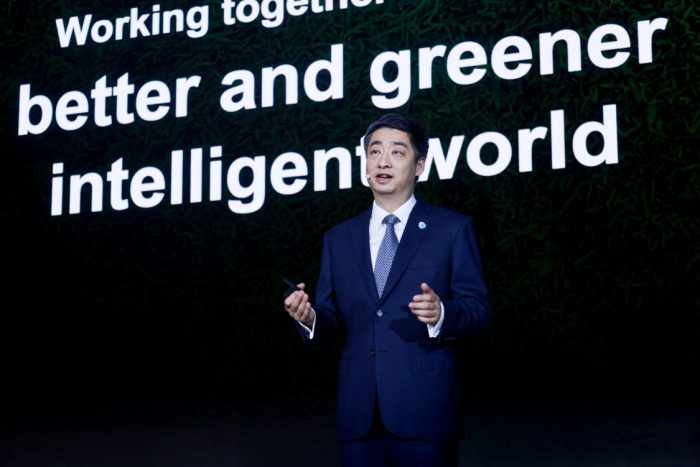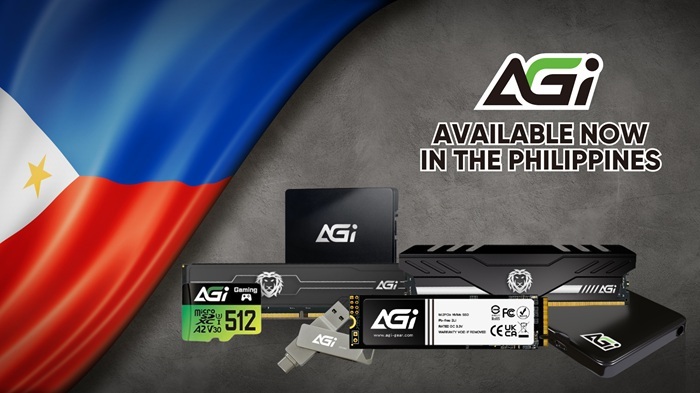Attracting world-class talent with world-class challenges, and innovating nonstop for a greener intelligent world
[Shenzhen, China, April 26, 2022] Huawei kicked off its 19th annual Global Analyst Summit in Shenzhen. Huawei’s Rotating Chairman Ken Hu said that the company will continue to boost investment in innovation to build new products and enhance and accelerate new technologies.

Ken Hu, Huawei’s Rotating Chairman, speaking at HAS 2022
Ken Hu, gave a keynote on Huawei’s approach to innovation and building a greener intelligent world. “At Huawei, when we talk about innovation, the first thing we think is people. We hope to attract world-class talent with world-class challenges, and work together to push the limits of science and technology,” said Hu, referring to the Top Minds recruitment program that the company launched on its website yesterday.
“We don’t care where you’re from, where you graduated, or what you studied,” he continued. “As long as you have a dream for the future and believe you can make it happen, we want you to come and join us. We provide world-class challenges, a powerful platform, and all the resources you need to explore the unknown.”
Hu went on to discuss the specific initiatives that Huawei is working on to realize its vision for the future. “We are currently focusing on three areas: strengthening our approach to innovation, equipping all industries with the tools and knowledge they need to go digital, and helping build a low-carbon world.”
The following is a summary of these three initiatives.
Innovating nonstop and advancing the industry:
- In terms of connectivity, Huawei continues to drive the industry forward. The company announced its vision to enable 10 Gbps connections everywhere with 5.5G and F5.5G, the next evolutions in wireless and fixed networks. Together, these will support a broader range of niche network requirements, including a more immersive experience in homes as well as the low latency and high reliability needed for industrial control scenarios.
- In terms of computing, Huawei is redefining system architectures for individual nodes, foundational software, and data centers in an effort to significantly increase system performance and energy efficiency.
- In cloud services, Huawei is building MetaStudio, a cloud-based, end-to-end digital content pipeline that will greatly expedite digital content production.
- In terms of devices, Huawei aims to provide consumers with a user-centric intelligent experience in all aspects of their lives – what the company calls a Seamless AI Life experience – effectively accelerating the convergence of the physical and digital worlds.
Diving into digital transformation to create new value for customers:
- Huawei is adapting its products and product portfolios to different industrial scenarios. At the same time, it will start pre-integrating and pre-verifying products, doing all the complex work beforehand to make digital transformation easier for its customers and partners. With Huawei Cloud as the foundation, Huawei aims to provide “Everything as a Service”, turning infrastructure, technology, and expertise into cloud-based services, and making cloud migration easier for customers in different industries.
- Huawei is also building integrated teams that focus on specific industries, bringing a specialized group of experts closer to customers’ business challenges and more tightly incorporating horizontal resources, i.e., products and capabilities from partners. The goal is to provide targeted digital transformation solutions for each industry and respond more rapidly to customer needs.
Optimizing power supply and consumption with digital technology to enable low-carbon development:
- Huawei is redefining the PV sector with AI, cloud, and other capabilities to boost the generation of renewable energy.
- Huawei is also developing system-level low-carbon solutions for green ICT infrastructure, focusing on wireless base stations and data centers.
Moving forward, Huawei is taking active steps to boost its business resilience and ensure steady development. “We have to keep the ball rolling through nonstop innovation, creating value for customers and society,” said Ken Hu. “We look forward to working more closely with our customers and partners to build a greener intelligent world.”
In addition to its innovation strategy, Huawei also shared its far-reaching vision for the future and some of the exploration it’s doing to get there. Dr. Zhou Hong, President of Huawei’s Institute of Strategic Research, said that “everything we imagine today is very likely to be too conservative – too little – for tomorrow. We have to meet the future with bold hypotheses and a bold vision, and throw caution to the wind as we push to break through bottlenecks in theory and technology. This is the only way forward.”
Here in the Philippines, Huawei also had several programs for cultivating the local ICT talents, such as ICT Academy, Seeds for the Future, covered the Philippines for years, benefited over 9000 ICT students, according to Daniel Guo, the Vice President of Huawei Philippines.
In the event, Dr. Zhou outlined ten challenges that Huawei hopes to address moving forward.
Two scientific questions:
- How do machines perceive the world, and can we build models that teach machines how to understand the world?
- How can we better understand the physiological mechanisms of the human body, including how the eight systems of the body work, as well as human intent and intelligence?
Eight tech challenges:
- New sensing and control capabilities, e.g., brain-computer interfaces, muscle-computer interfaces, 3D displays, virtual touch, virtual smell, and virtual taste
- Real-time, unobtrusive blood pressure, blood sugar, and heart monitoring, and strong AI-assisted discoveries in chemical pharmaceuticals, biopharmaceuticals, and vaccines
- Application-centric, efficient, automated, and intelligent software for greater value and better experience
- Reaching and circumventing Shannon’s limit to enable efficient, high-performance connectivity both regionally and globally
- Adaptive and efficient computing models, non-Von Neumann architectures, unconventional components, and explainable and debuggable AI
- Inventing new molecules, catalysts, and components with intelligent computing
- Developing new processes that surpass CMOS, cost less, and are more efficient
- Safe, efficient energy conversion and storage, as well as on-demand services


















